Leading market players are investing heavily in research and development to expand their product lines, which will help the Calcium-Fortified Food market, grow even more. Market participants are also undertaking a variety of strategic activities to expand their footprint, with important market developments including new product launches, contractual agreements, mergers and acquisitions, higher investments, and collaboration with other organizations. To expand and survive in a more competitive and rising market climate, the Calcium-Fortified Food industry must offer cost-effective items.
Manufacturing locally to minimize operational costs is one of the key business tactics used by manufacturers in the Calcium-Fortified Food industry to benefit clients and increase the market sector. In recent years, the Calcium-Fortified Food industry has offered some of the most significant advantages to health-conscious consumers and those at risk of calcium and vitamin deficiencies. Major players in the Calcium-Fortified Food Market, including Nestlé S.A., Abbot, General Mills Inc., Mondelz International Inc., Cargill Incorporated, Danone, Bühler AG, Koninklijke DSM NV, Arla Foods amba, Corbion NV, Dr.
Paul Lohmann GmbH KG Chemische Fabrik are attempting to increase market demand by investing in research and development operations.
Abbott is a diversified healthcare company engaged in the discovery, development, manufacturing, and sale of a wide range of healthcare products. Their portfolio includes branded generic pharmaceuticals, diagnostic systems, and tests, pediatric and adult nutritional products, medical devices such as those used in heart care, electrophysiology, and neuromodulation, as well as minerals, nutrition products, and dietary supplements. They have research and development facilities in several countries and operate manufacturing plants ly. Abbott markets its products across various regions, spanning North America, Latin America, the Middle East, Europe, Asia-Pacific, and Africa.
The company's headquarters are situated in Abbott Park, Illinois, United States.
Cargill Incorporated is a prominent agribusiness firm that operates across various sectors including food, financial products, agriculture, industry, and risk management. The company is involved in the marketing, processing, and distribution of commodities like grains, oilseeds, sugar, meat, and cotton. Additionally, Cargill produces natural ingredients for diverse industries such as personal care, pet food, animal feed, and bio-industrial products. Cargill offers a range of support services encompassing technical assistance, data solutions, transportation, logistics, risk management, and marketing. The company is also engaged in the production and distribution of starch, starch sweeteners, fuel ethanol, and biodiesel.
Cargill's feed and pet food products are marketed under various brands like Nutrena, Provimi, Cargill, EWOS, Diamond V, and Purina. With a presence spanning the Americas, Europe, the Middle East, Africa, and the Asia-Pacific region, Cargill is headquartered in Minneapolis, Minnesota, United States. In a significant move, in April 2020, Cargill formed a joint venture with Bflike, a startup developed by BOX NV, aimed at leading the way in the rapidly evolving plant-based meat and fish alternatives market.
This collaboration underscores Cargill's commitment to providing sustainable and affordable plant-based options that meet consumer expectations and enrich dietary choices in various markets.


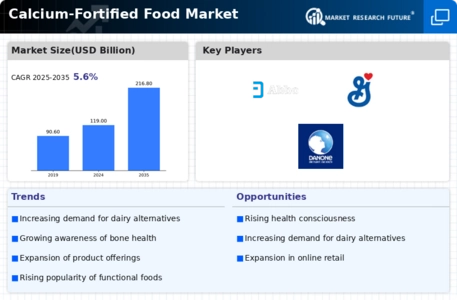
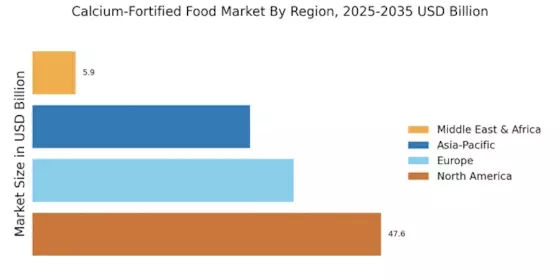
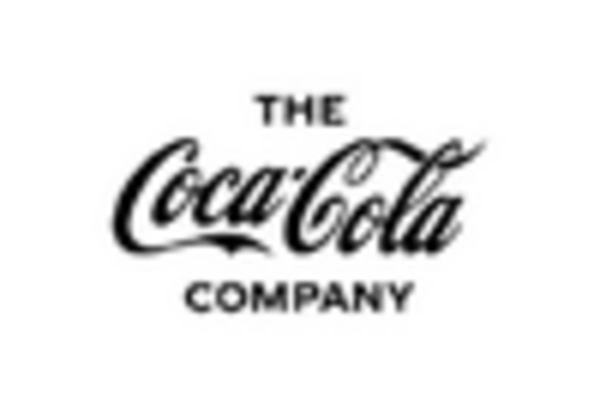
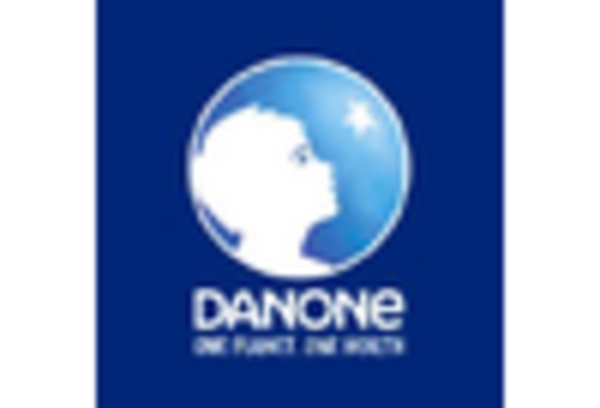
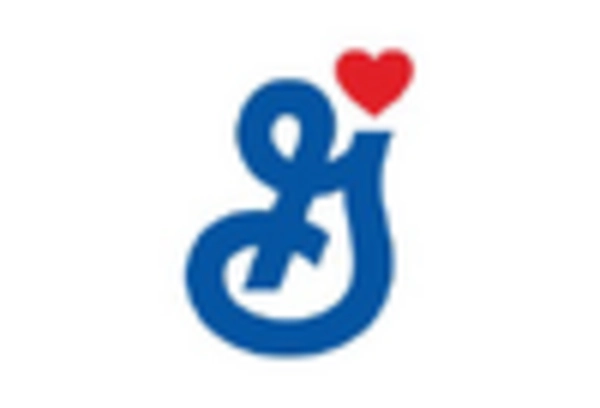
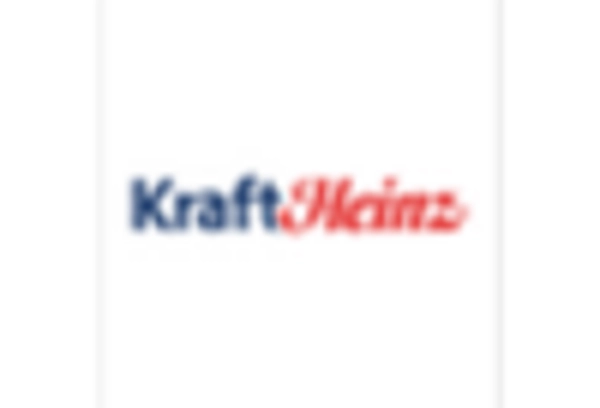

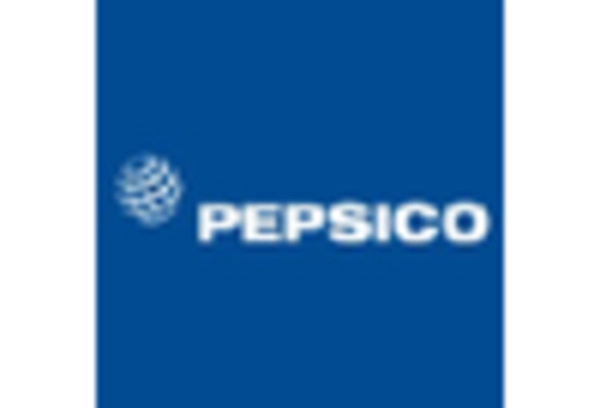








Leave a Comment